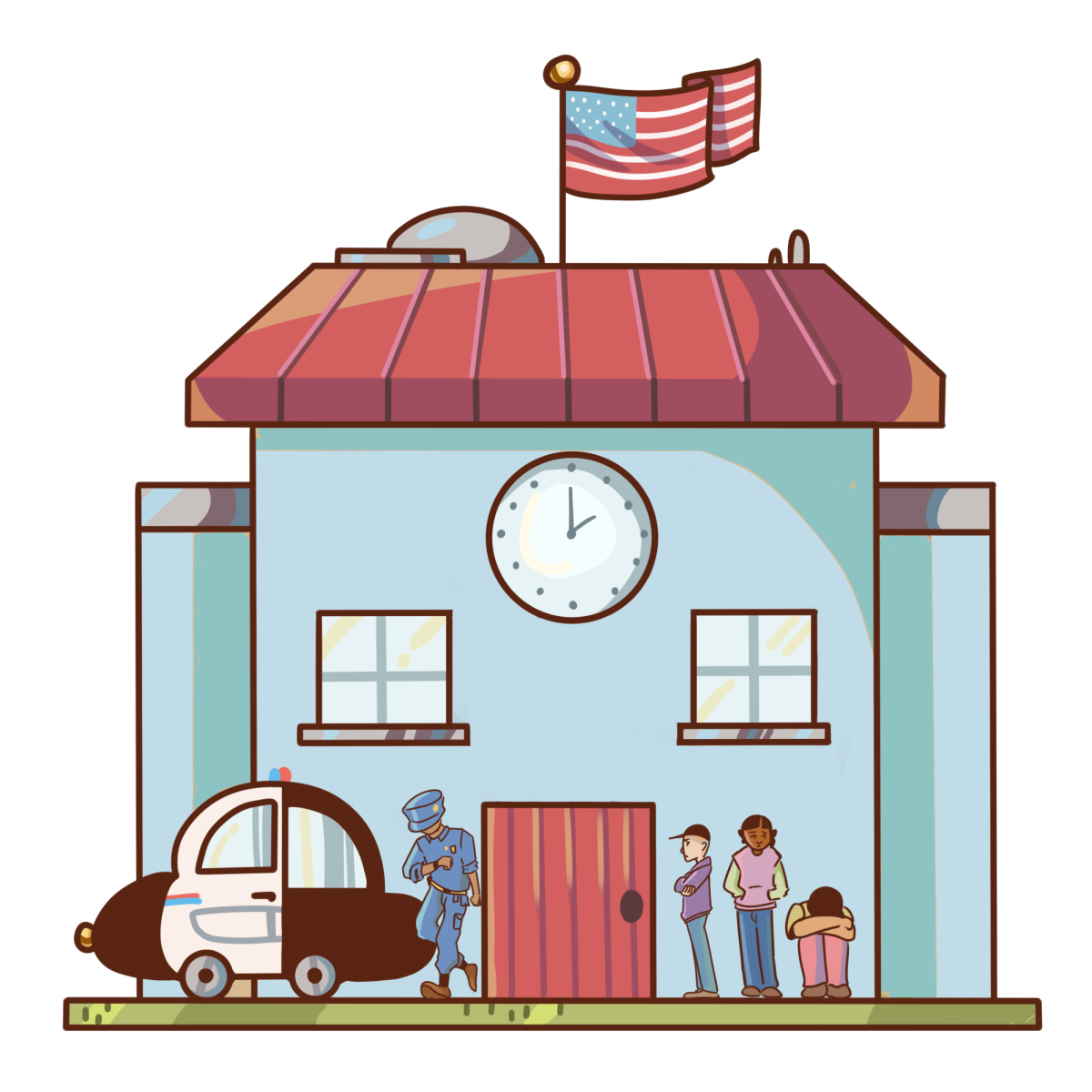A gay man of color, an undocumented immigrant and victim of religious persecution and a single mother making minimum wage are examples of the intersection of social, political and economic identities and beliefs. Intersectionality is “the complex, cumulative manner in which the effects of different forms of discrimination combine, overlap or intersect” according to Merriam-Webster.
According to the YW Boston, the word itself was first popularized in 1989 when Kimberlé Crenshaw, a civil rights advocate and law professor, used the term in the context of feminism in her paper, “Demarginalizng the Intersection of Race and Sex: A black feminist critique of anti discrimination doctrine, feminist theory and antiracist politics.” Crenshaw’s paper discussed the theory’s roots, which date back to the ‘60s. It began with the homogeneity of the feminist movement, which was predominantly made up of white, non-religious, middle class women, who Crenshaw accused of neglecting the fact that race and socioeconomic status also affected a person’s experience.
Religious Studies Lecturer at the University of California, Los Angeles Saba Soomekh said that the term “intersectionality” is most commonly used when referring to protest culture, specifically movements challenging gun control, gender inequality and racism, which are all tied together under the umbrella of oppression.
Soomekh said she believes that uniting these issues can raise greater levels of awareness.
“We are now seeing intersectionality more and more,” Soomekh said. “At a woman’s conference, you will see a gay pride flag. At a gun control rally, you will see posters protesting immigration laws. People are joining together in this struggle between oppression and power. It is great in the way it shows how no one has the same experience, and that people are affected by multiple issues.”
Intersectionality is also prevalent in the political sphere, history teacher Christopher Clement said. He said he believes that overlapping identities make the voting process more complex, due to the embodiment of conflicting beliefs.
“A good example of this is Caitlyn Jenner,” Clement said. “At first, she was, of course, chastised and berated, and people criticized her for supporting Trump. Recently, as the Trump Administration has tried to ‘categorize’ people by their given anatomies, Caitlyn came out with a statement, and people responded by saying, ‘Where were you then?’ as if being transgender meant she should have automatically been a Democrat to begin with. But, from Caitlyn’s perspective, she is many things: she is a woman, she is transgender, and she is conservative.”
Soomekh agreed with Clement’s notion that it is unlikely for people’s political views to fall neatly into one category with only two candidates.
“You can’t have an à la carte situation,” Soomekh said. “If you don’t like someone’s policies, you can’t take that away from who they are. You can’t just pick and chose aspects. When you vote for a candidate, you are supporting all their views, and that is a key flaw in American politics.”
Jaya Nayar ’20 said she sees a pattern of leftists using intersectionality as a basis of their campaigning, showing their support of human rights and their involvement in various issues.
“I think that intersectionality is really only being invoked by people on the left,” Nayar said. “Hillary Clinton frequently used this term while on the campaign trail, discussing how different forms of oppression overlap and reinforce each other. More generally, politicians on the left use intersectionality to discuss liberal changes they believe will make the U.S. more equal. They use intersectionality as a justification to prove why these changes are important and must be pursued.”
Students said they disagree about whether intersectionality has an effect on the popularity of a candidate, and, if so, whether it is a positive or negative one.Spencer Paul ’19 said he believes that appealing to minorities is usually not enough to win a campaign.
“Although both Andrew Gillum and Stacy Abrams [in the 2018 midterms] were able to have high minority voter turnout and galvanize their bases, it wasn’t sufficient to beat their white male opponents,” Paul said. “Due to racism in America, minority candidates also mobilize more conservative voters to contest their election. If there is any takeaway from 2018 for the Democratic Party, it is that in order to win statewide in elections, it requires winning over middle-of-the-road voters and not just pandering to the base.”
Kylie Azizzadeh ’21 said she thinks that intersectionality plays an increasingly large role in politics as our country continues to modernize since voters are continuing to resonate with candidates who represent issues for those who were historically oppressed.
For example, in Wisconsin, Senator Tammy Baldwin, the first openly gay person elected to the Senate in 2013was reelected in the recent election.
Baldwin has served as a state Senator since 2013 and has implemented her support of feminism and LGBTQ rights as fundamental aspects of her campaign.
“I think that Baldwin’s intersectional identity served to her advantage,” Azizzadeh said. “Voters in predominantly democratic states are continuing to show their support for minorities. I hope that this trend continues and that the intersectional theory is something that our country embraces.”



































